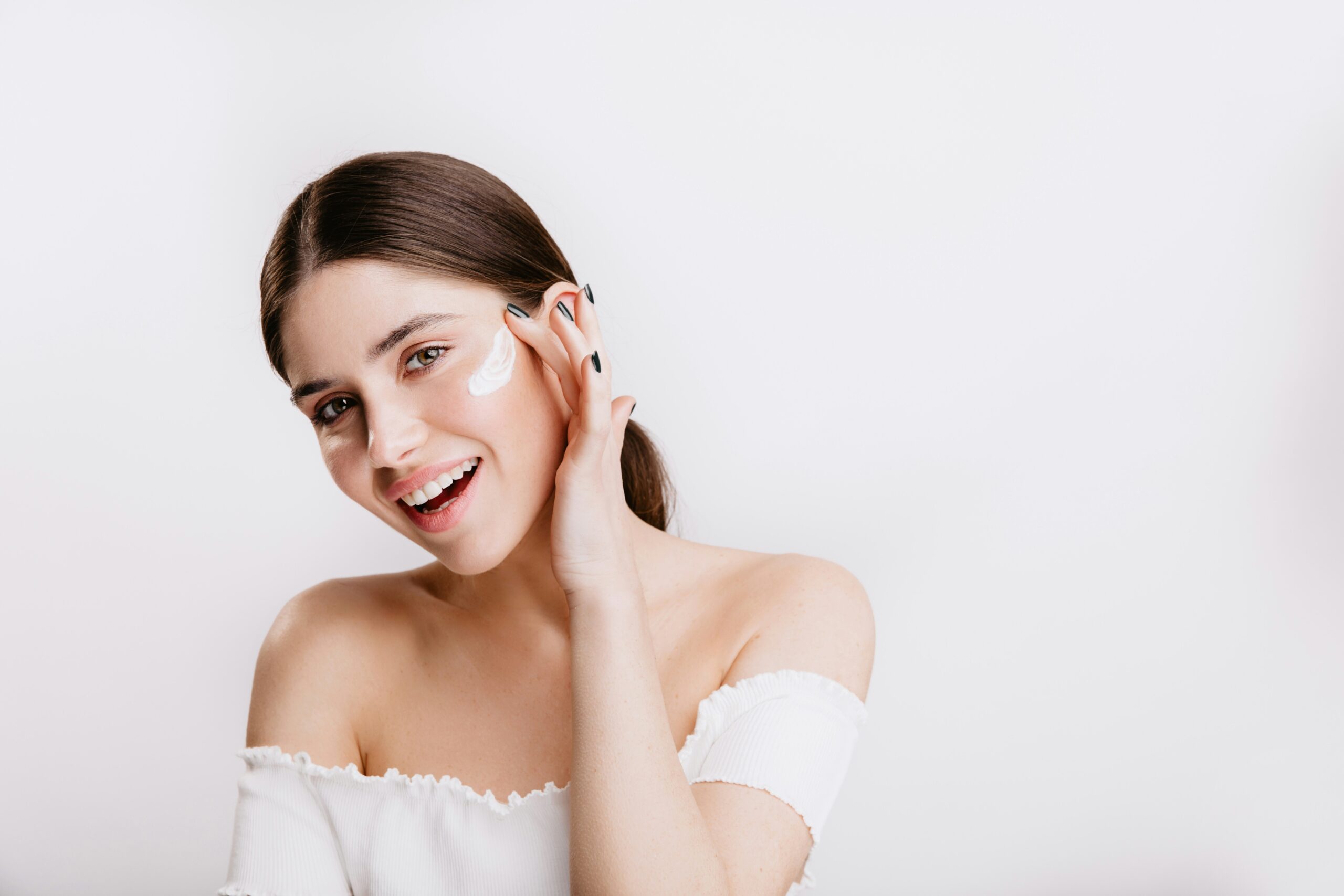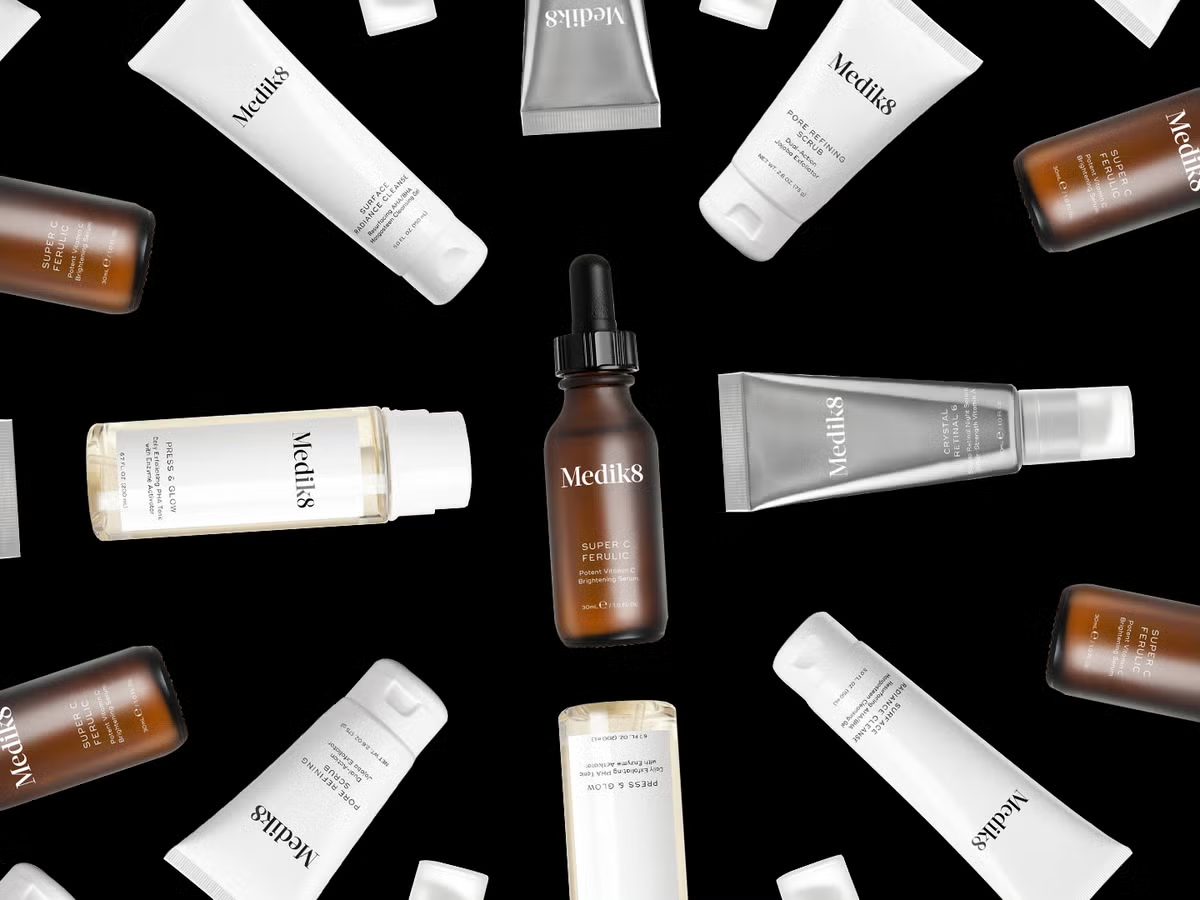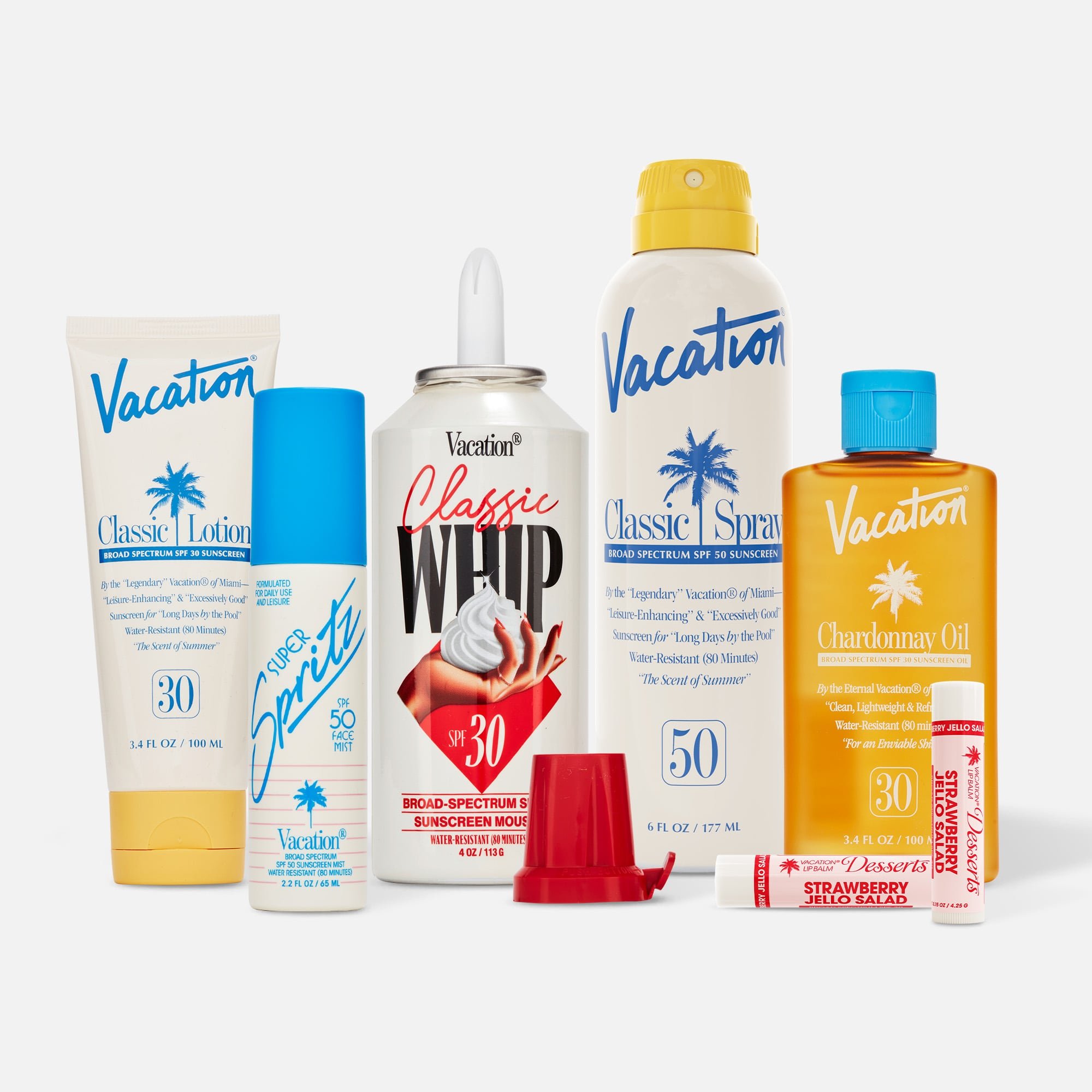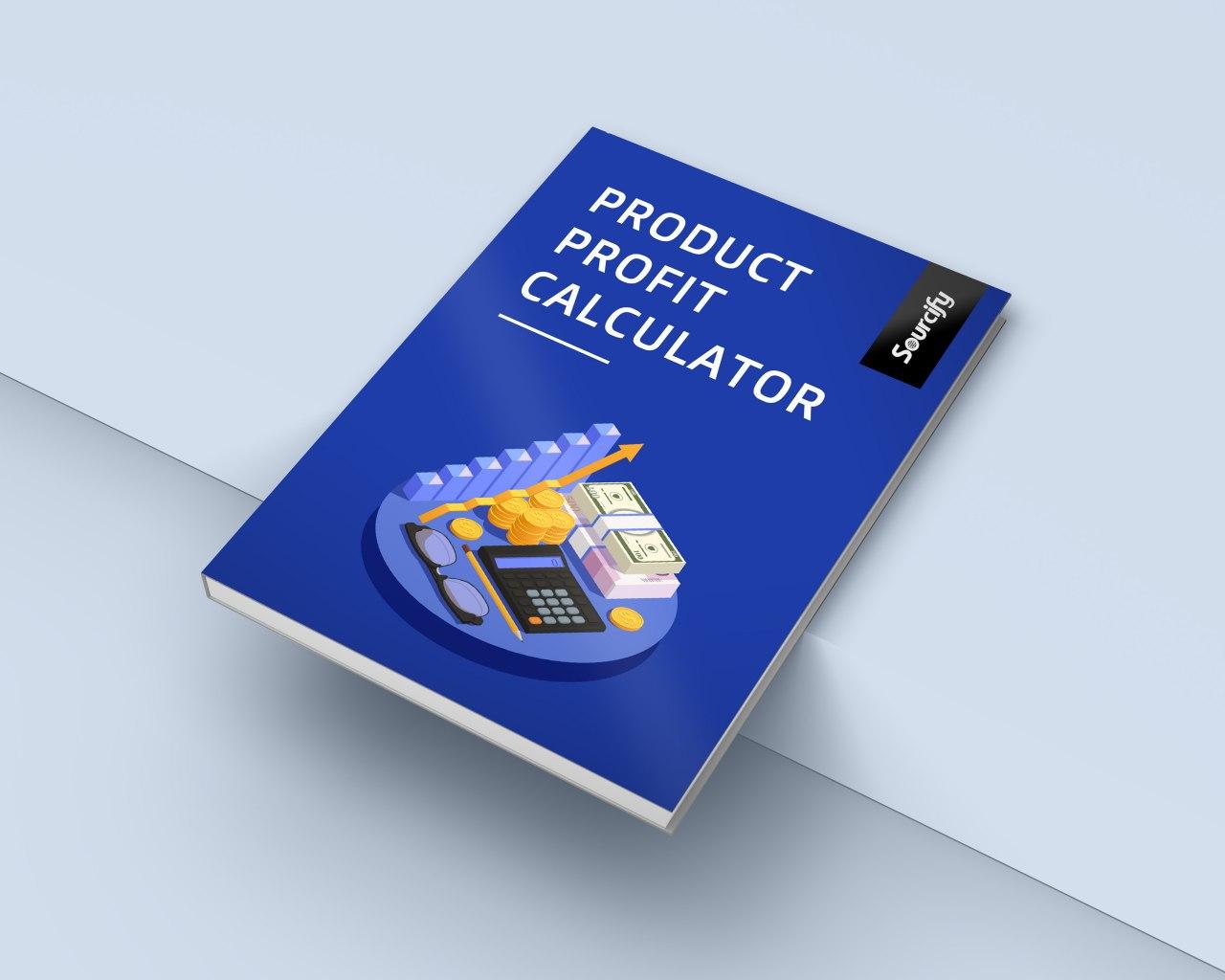What Founders Can Learn from Saying “No” to a $500M Exit
Most beauty-founder stories start in one of two places:
- The kitchen table, with a DIY formula and a Shopify store
- Or a celebrity name and a licensing deal
Glow Recipe started somewhere very different: inside L’Oréal’s corporate machine.
Two fast-rising executives — Sarah Lee and Christine Chang — spent years inside one of the most sophisticated beauty organizations on the planet. They helped launch prestige skincare, managed global product categories, and built relationships with retailers like Sephora, Ulta, and Macy’s.
Then they watched something that didn’t sit right:
- K-beauty was entering the U.S. via gimmicks and novelty, not the philosophy they grew up with.
- Western brands were cherry-picking trends — snail mucin, cushion compacts, dewy finishes — while ignoring the deeper preventive, ritual-based approach of Korean skincare.
So they left.
They pooled $50K of their own money, started Glow Recipe as a curated K-beauty site, then evolved it into one of the fastest-growing skincare brands at Sephora, reportedly passing $300M+ in revenue — and turning down a $400–$500M acquisition along the way.
This isn’t just a cute fruit-packaging story. It’s a case study in:
- Translating culture into a scalable business
- Using curation as a low-risk wedge into brand-building
- Pivoting your positioning (from “K-beauty” to “fruit-powered skincare”) without losing your soul
- Scaling supply chains from “hand-processing watermelons” to global retail
- And being willing to walk away from a life-changing exit to keep building on your own terms
Let’s break down what founders can actually learn from Glow Recipe.
1. Understand the Paradigm You’re Disrupting — Not Just the Product
Before Glow Recipe, the U.S. beauty aisle followed a pretty rigid script:
- Skincare was reactive, not preventive.
You waited for a problem (acne, wrinkles, hyperpigmentation), then nuked it with retinoids, benzoyl peroxide, or aggressive acids. - Routines were short and clinical.
Three steps max. Anything beyond that was “high-maintenance.” - Branding was either sterile or hyper-glam.
White lab coats and ingredient jargon on one side. High-gloss compacts and celebrity campaigns on the other. Very little joy. - Culturally homogenous.
American beauty was heavily Eurocentric. Korean innovation was either invisible or treated as odd, niche, or “too weird.”
Meanwhile, K-beauty came from a totally different worldview:
- Prevention over correction
- 7–10 step routines as rituals, not chores
- Barrier health and hydration over harsh quick-fixes
- A signature look of dewy, luminous “chok-chok” skin, not matte full-coverage
When early K-beauty arrived in the U.S. (Dr. Jart+, Tony Moly, Etude House, etc.), it showed up as:
- Panda-sheet masks
- Egg-white creams
- Fruit and animal-shaped packaging
Fun? Yes.
Understood? Not really.
It was sold as novelty, not as a coherent skincare philosophy.
Glow Recipe’s founders saw the gap clearly:
K-beauty didn’t need to be watered down or turned into a gimmick — it needed to be translated.
That insight drove everything that came next.
2. Corporate Training Can Be a Superpower — If You’re Willing to Walk Away
Glow Recipe is what happens when two “corporate lifers” choose founder mode.
Christine Chang
- Grew up between South Korea, Louisiana, and Australia
- Studied business at Washington University in St. Louis; later did a Master’s in East Asian Studies at Columbia
- Joined L’Oréal Korea (Lancôme, then Kiehl’s), then moved to New York to work on global skincare marketing
- Rose to Assistant Vice President & Head of Global Skincare Marketing for Kiehl’s
Sarah Lee
- Grew up in Seoul, with school years in Hong Kong
- Studied English Literature at Ewha Womans University
- Spent 11 years at L’Oréal
- Helped launch Giorgio Armani Cosmetics Korea
- Became L’Oréal’s first Korean expat in New York
- Worked across Matrix Global, Lancôme USA, and later AVP & Category Head of Haircare for L’Oréal Paris
They met at L’Oréal Korea in the mid-2000s, reconnected later in New York, and spent nights talking about:
- Sheet masks
- Ingredients
- Pop culture
- And how badly K-beauty was being misunderstood in the U.S.
Inside L’Oréal, they watched K-beauty get co-opted at the surface level:
- BB creams and cushion compacts added to Western lines
- Marketing that sold “innovation” but left out the why behind the rituals
- Trend elements adopted, philosophical core ignored
They could’ve tried to build this inside L’Oréal.
Instead, they made a different call:
The playbook was wrong. And the only way to do it right was to leave.
For founders still in big companies, Glow Recipe is a reminder:
- Your training doesn’t have to be your cage.
- Sometimes the company that gave you your skills will pay 10–20x later to buy what you build outside.
3. Start With Curation, Not a Product Line
When they finally took the leap in 2014, Sarah and Christine did not launch a brand.
They launched a curation business:
- Glow Recipe started as a K-beauty e-commerce site, not as a house brand.
- They flew to Korea, built relationships with indie founders, and handpicked ~8 brands to showcase.
- Their job wasn’t to invent products — it was to:
- Pick the best of what already worked
- Explain it in plain English
- Teach Western consumers how and why to use it
Why curation first was genius
They had two big problems to solve:
- Is there demand for true K-beauty philosophy — not just novelty?
- Can we actually tell this story in a way people care about?
Curation solved both:
- Product risk: offloaded to Korean brands with proven formulas
- Inventory risk: lower, diversified, and more predictable
- Story risk: fully owned by Glow Recipe — that’s where they invested their energy
Early signals:
- Orders started small — friends, early adopters — shipped with handwritten thank-you notes
- The business reportedly became profitable by month three, which is almost unheard of in modern ecom
- They sent 600+ highly personalized cold emails to influencers over two weeks, building a global network of advocates
- Instagram was used not for glam, but for:
- Routine breakdowns
- Ingredient education
- Demystifying double cleansing, essences, layering
They became teachers first, brand later.
Sourcify POV:
We love curation as a Phase 0 for founders:
- You learn what your customer actually buys (not what they say they want).
- You get channel, operations, and logistics reps with lower risk.
- You build audience and authority before loading up on R&D and MOQs.
Glow Recipe is a textbook example of “build the market first, then the product.”
4. When the Market Won’t Build It For You, Build It Yourself
By 2017, Sarah and Christine had:
- Proof that Western consumers wanted K-beauty philosophy when explained well
- Data on what formats and ingredients resonated
- A community who trusted their taste
But they also saw this:
- No Western brand was truly embodying the philosophy.
- Even Korean imports were often framed as “fun and weird” more than “serious and effective.”
So they made the leap from curation to creation.
Their first hero products:
- Blueberry Bounce Gentle Cleanser
- Watermelon Glow Sleeping Mask
The Watermelon Origin Story
This wasn’t a “we liked the aesthetic” decision.
Growing up, both founders had seen traditional Korean remedies like watermelon rind applied to irritated summer skin — a passed-down ritual from grandmothers.
To modernize that:
- They worked with a smaller factory in Korea
- For early prototypes, they literally:
- Hand-cut and seed-pulled watermelon
- Processed it with metal chopsticks
- Let it macerate in a preservation blend for ~30 days
- The puree was then combined with:
- Hyaluronic acid
- AHA/BHA acids
- Glycerin
- Seaweed extract
The goal wasn’t just efficacy. It was experience:
- Texture
- Scent
- Color
- “This feels like joy in a jar”
Pricing and margins
- Core SKUs priced around $38–$48
- Likely gross margins in the 65–80% range once scaled
Before launch:
- They built an 8,000+ person waitlist from their community
- The Watermelon Glow Sleeping Mask sold out multiple times
- Follow-ons like Watermelon Glow Pink Juice Moisturizer (90% watermelon extract + HA + botanicals) also sold out in pre-sale within hours
By May 2017, they were in Sephora.
By early 2018, they were selling out at Sephora, not just DTC.
Hero product, community trust, and a very specific point of view got them there.
5. From K-Beauty Brand to “Fruit-Powered Skincare”
Then came a surprising move.
On July 1, 2019, Glow Recipe:
- Shut down its K-beauty curation site
- Offered discounts to help customers transition
- Doubled down on its own line
But they didn’t just pivot the business model.
They pivoted the positioning:
- They stepped away from the “K-beauty brand” label
- Reframed themselves as “clean, fruit-powered skincare rooted in Korean philosophy”
Why?
- Being boxed in as “K-beauty” meant their fortunes were tied to a category trend, not their own brand.
- As K-beauty became more mainstream, they wanted to stand out on:
- Fruits
- Sensory joy
- Accessible but serious skincare
- They still carried Korean formulation principles (hydration-first, barrier support, gentle actives), but led with fruit as the identity.
Community was the glue:
- Programs like Glow Gang kept their core fans close
- The brand voice stayed playful, real, and educational, not corporate
- They made the transition feel like an evolution, not a betrayal
Ironically, they left L’Oréal because big beauty mishandled K-beauty… then deliberately moved away from K-beauty labeling themselves.
But there’s a key difference:
- L’Oréal skimmed the aesthetics and buzzwords.
- Glow Recipe exported the philosophy, then wrapped it in a brand identity that could travel further.
6. Scaling from Niche Hit to $300M+ Business (Without Snapping the Supply Chain)
Revenue ramp (roughly):
- 2020 – ~$60M
- 2021 – ~$100M
- 2022 – ~$150M (top seller in Sephora France)
- 2023 – Reports suggest $300M+, across:
- DTC
- Sephora
- Amazon
- International (Canada, UK, France, LATAM, ANZ)
Team:
- From 2 founders doing everything → 70+ employees
What made that kind of scaling possible?
1. Hero Products as the Growth Engine
- Watermelon Glow products stayed at the core
- Hero SKUs like Niacinamide Dew Drops, toners, and serums drove an outsized share of sales
- They leaned into the winners instead of constantly chasing entirely new concepts
2. Treatment-Led Assortment
- “Treatment” SKUs — serums, toners, boosters — came to represent nearly 50% of the business
- That kept them anchored in real skincare outcomes, not just cleansers and creams
3. Community & Earned Media
- Campaigns like Glow Gang and “Dew You”
- Authentic, repeatable content that fans wanted to share
- Estimated $22M+ in earned media value, outpacing legacy skincare brands two years running
While other brands burned cash on Meta and TikTok, Glow Recipe let community + press do a lot of the heavy lifting.
4. Supply Chain and Sustainability
- R&D and ingredient sourcing: largely in Korea and Taiwan
- Formulation and packaging: in the U.S.
- Early on, when they faced sell-outs, they literally flew back to Korea to deepen relationships and shorten turnaround times
- They invested in:
- Climate Neutral certification
- PCR plastics
- Reduced air freight where possible
- More sustainable fulfillment
They built a supply chain that could support:
- Complex actives
- Distinctive packaging
- Multi-region distribution
…without losing what made the products feel special.
Sourcify POV:
Behind Glow Recipe’s “joyful” front end is a pretty serious operations machine.To scale a brand like this, you need to:
- Lock in contract manufacturers who can handle actives + textures at scale
- Align COGS and pricing with Sephora-level margins
- Build redundancy on critical components (pumps, jars, actives)
- Invest early in forecasting so hero SKUs don’t constantly stock out
Most “cute” brands never clear this operational bar. Glow Recipe did.
7. Saying “No” to $500M — and Defining the Right Kind of Exit
By 2022, Glow Recipe was firmly in the exit window:
- Rapid growth
- Strong retail relationships
- Global expansion
- Media heat
In August 2022, Bloomberg reported that they’d engaged Goldman Sachs to explore a potential sale, with an estimated valuation in the $400–$500M range.
According to later interviews:
- They weren’t shopping the business out of desperation.
- They were responding to inbound acquisition interest and doing the responsible thing: seeing if a deal made strategic sense.
But after early conversations, the founders decided:
It wasn’t the right time. Or the right partners.
They walked away.
For many founders, that’s a once-in-a-lifetime number.
Glow Recipe bet they could go further — and that protecting their identity was worth more than the immediate check.
What kind of partner would they say yes to?
Their criteria:
- Deep respect for the brand’s DNA and community
- Ability to accelerate global growth (infrastructure, retail, and logistics)
- Willingness to keep the founders’ voice, weirdness, and joy intact
Likely strategics that could fit:
- Estée Lauder
- Skincare-heavy portfolio
- Experience scaling both heritage and modern DTC brands
- Would need to show it can maintain Glow Recipe’s Gen Z tone and keep founders visibly involved
- Unilever Prestige
- Owns Tatcha, Paula’s Choice, Dermalogica, Hourglass
- Strong clean-beauty positioning
- Would need to prove it can support a playful, fruit-forward brand without flattening it into “clinical serious”
- L’Oréal Group
- The founders’ alma mater
- Massive global distribution and R&D firepower
- Recent acquisitions (Youth to the People, Aesop) show they understand premium indie skincare
- Would need to guarantee:
- Brand voice protection
- No premature folding into a mass sub-brand
If a deal happens, it might not be a $500M story — it might be a $1B+ story.
Either way, Glow Recipe is playing from a position of strength, not scarcity.
8. Founder Takeaways from Glow Recipe’s Journey
If you’re building a skincare or beauty brand, Glow Recipe offers a very different template from the usual DTC fairy tales.
1. Your “corporate past” can be an asset, not a liability
- Category knowledge, retail relationships, product dev chops — that’s unfair advantage if you choose to use it.
2. You don’t have to launch with your own product
- Curation + education can be the perfect foundation for understanding the market and building an audience.
3. Translate culture, don’t just borrow aesthetics
- Glow Recipe didn’t just copy K-beauty packaging; they exported the underlying philosophy and adapted it.
4. Start narrow, then expand
- One or two hero products + one retailer (Sephora) → then into treatments, geographies, and broader distribution.
5. Brand > category label
- They built on K-beauty, but refused to be trapped by “K-beauty brand” as a box.
- “Fruit-powered skincare” let them grow with — and beyond — the category.
6. Operations and supply chain are the hidden moat
- Hand-processing watermelon is cute. Scaling Watermelon Glow worldwide is hard.
- They invested in serious infrastructure while keeping the front-end joyful.
7. Exit windows are optional, not mandatory
- They took the calls, hired the banker, did the work — and still said no when it didn’t feel right.
- That’s real conviction.
If You’re Building the Next Glow Recipe, You Don’t Have to Go It Alone
Glow Recipe shows what’s possible when:
- Cultural fluency meets operational excellence
- A curation thesis evolves into a product empire
- Founders are willing to walk away from “good enough” deals to keep building
At Sourcify, we help founders with the less-visible side of that journey:
- Vetting and selecting the right manufacturers (domestic and international)
- Aligning formulation, packaging, and pricing with retail and DTC margins
- Planning supply chains that can handle breakout hero SKUs
- Modeling demand and inventory as you scale from single-brand Shopify to global retail
- Preparing your business so you could sell — even if you choose to keep going
If you’re sitting inside a big beauty company with an idea… or already running your own brand and feeling the strain of growth… you don’t have to figure out the operational side alone.
You bring the philosophy and the vision.
We’ll help you build the system that lets it scale.




